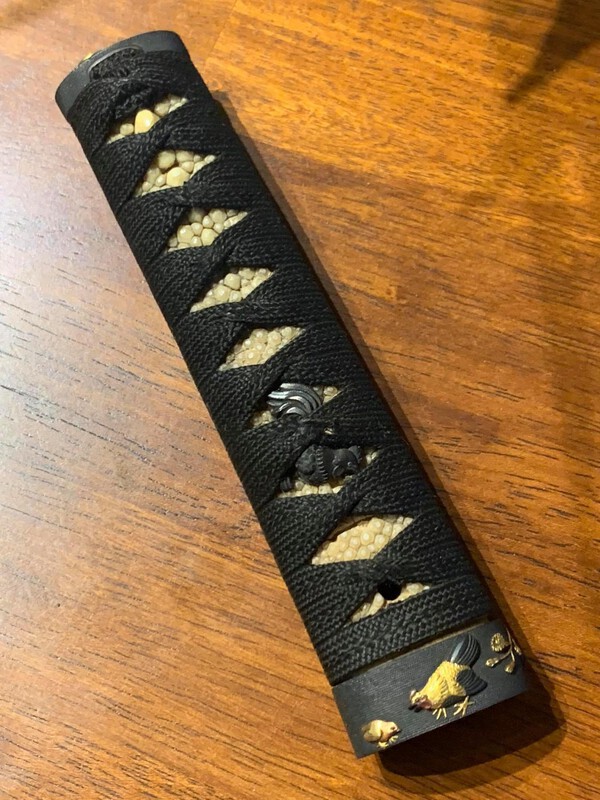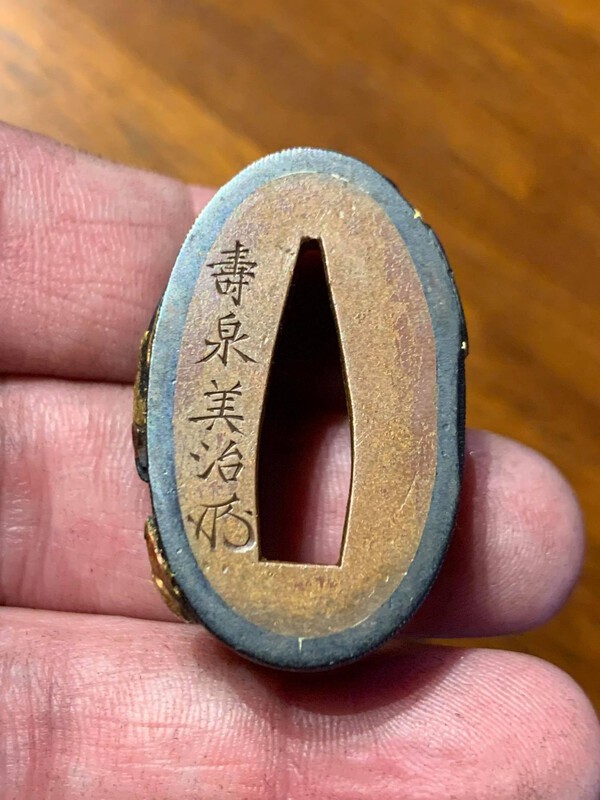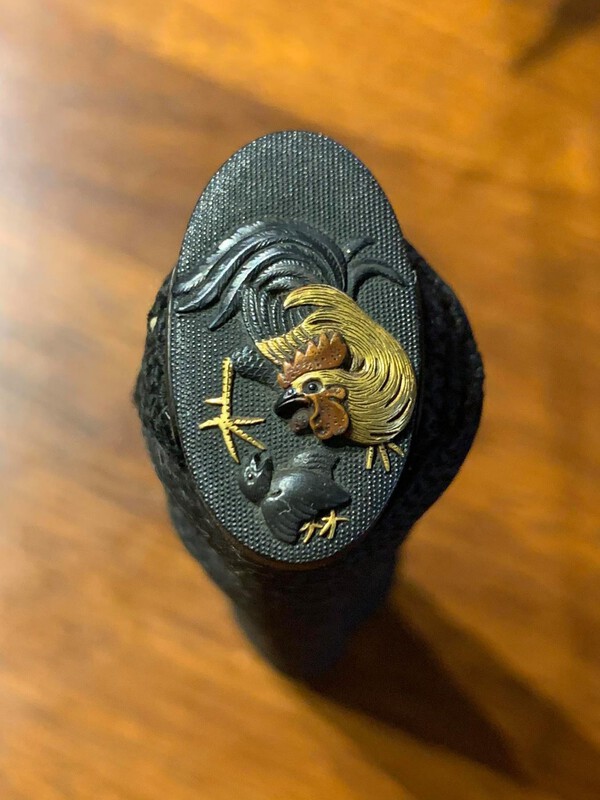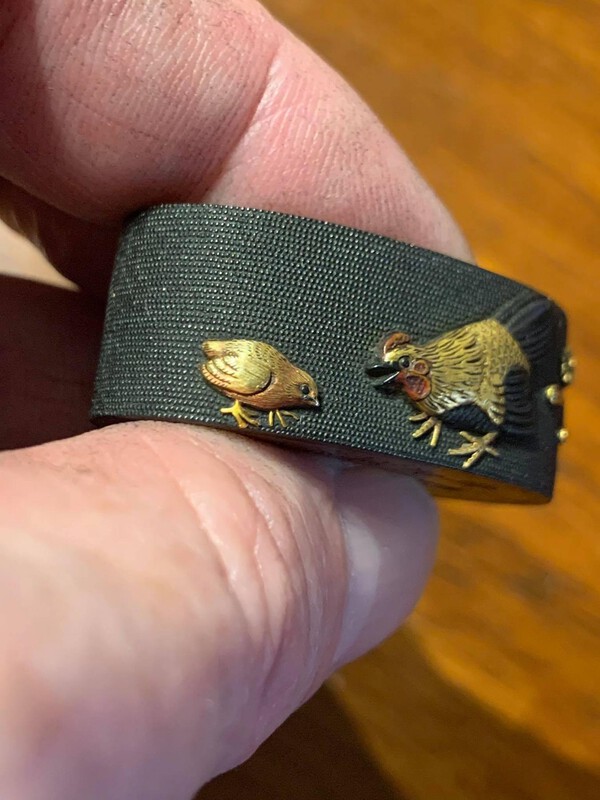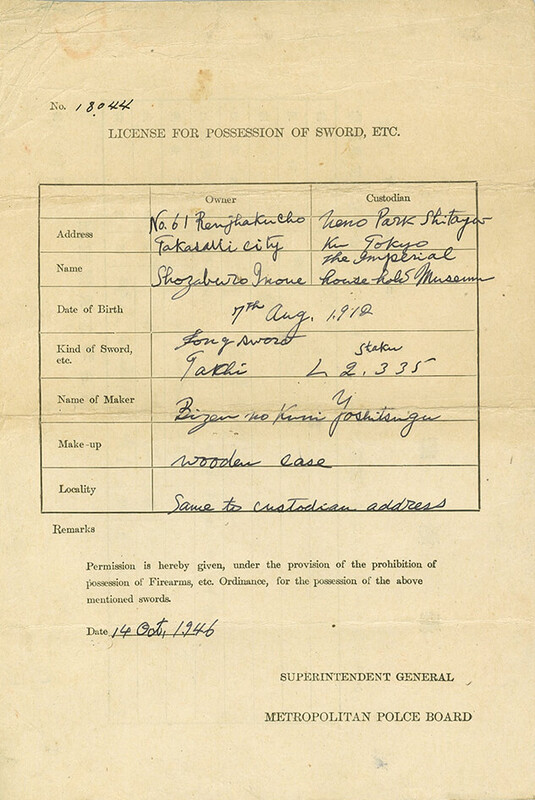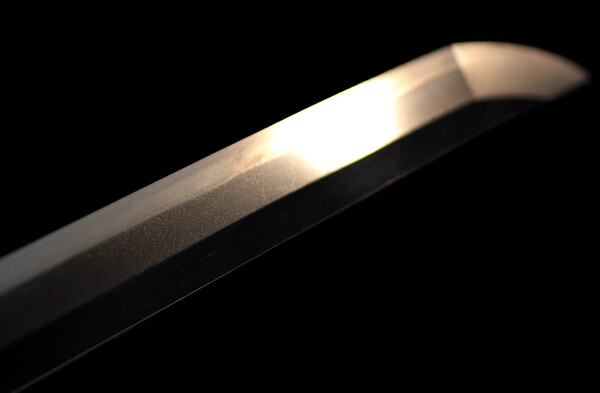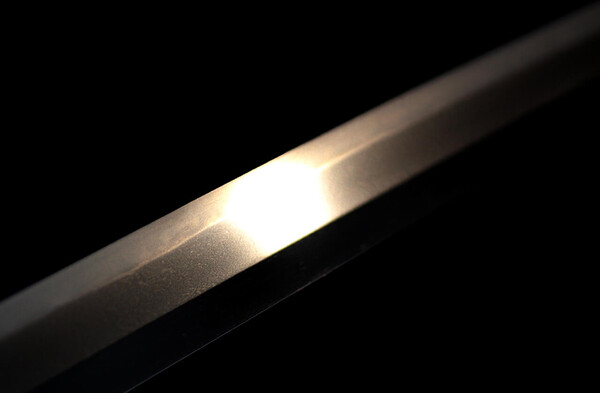-
Posts
752 -
Joined
-
Last visited
-
Days Won
6
Gabriel L last won the day on February 28 2018
Gabriel L had the most liked content!
About Gabriel L
- Birthday January 24
Profile Information
-
Gender
Male
-
Location:
New York, NY
-
Interests
Software engineering, photography, typography, art, design, classical music, mathematics, other arms & armour
Profile Fields
-
Name
Gabriel L
Recent Profile Visitors
The recent visitors block is disabled and is not being shown to other users.
Gabriel L's Achievements
-

Darcy Brockbank
Gabriel L replied to Ted Tenold's topic in Sword Shows, Events, Community News and Legislation Issues
Shocking and deeply saddening. What a tremendous loss for the community, to say nothing of his friends and family. -
Gabriel L started following Yamato (No) Kami Kanekura , YouTuber & amateur polisher (maybe) auctioning antique nihonto , Norikatsu Katsumura Nihonto Authenticity and 3 others
-
Wasn't sure whether to post this in the Izakaya or not. This YouTuber previously posted an antique katana they had purchased and announced his intention to practice polishing on it. ☹️ Apparently enough people spoke out negatively in the comments that he took down that video, but you can see in this new one that he not only purchased an even more expensive antique, but also a ~$500 Namikawa polishing kit, so... still seems like he is intent on practicing togi without traditional training. 😞 Hopefully he won't be doing so on anything valuable. This post isn't strictly about that, however. He also announces that he might auction this blade off with no reserve - so maybe someone here will be able to rescue it from whatever followers he has? Unfortunately it seems that whatever details about the auction may exist are locked behind a Patreon paywall at https://www.patreon.com/burrfection (there is an Oct. 15 post titled "Katana Auction - anyone?"). I don't want to pay this channel just to find out if he is indeed auctioning the blade, so that's about as much as I can say.
-
@Mark and others – I helped Terran translate this on Reddit. The full signature is: Oite Tōto Koishikawa kan Suifu jū Katsumura Norikatsu saku kore 於東都小石川舘水府住勝村徳勝作之 (Made by Katsumura Norikatsu, resident of Suifu, at Koishikawa manor in Tokyo) Keiō gannen hachigatsubi · gō Shōri [no] Ken 慶應元年八月日 • 号勝利釼 (A day in the eighth month of the first year of Keiō (= 1865) · named Sword [of] Victory) Terran, Capturing the hada can be difficult, especially when the polish isn't pristine, but I believe I can indeed see nie-laden masame hada in your recent photos which is a very good sign. Masame in general is not the most common style of hada and is a trademark for this smith. Although I do find this signature thicker and clumsier than most I have seen for him, as I said before I still do not want to rule this one out as genuine, and these hada photos are a big step towards making me think that might be the case. As Ken states, the final word will have to come from Shinsa.
-
Just picked this tsuka up from Davidarmy. The fuchi is signed 壽泉美治[kao], which I translate as Jusen Yoshiharu. David had some notes on the artist: "Sakai family, was active in 1825-1850, student of Ishiguro Masayoshi." The workmanship/artistry definitely reminds one of the Ishiguro school. Masayoshi 政美 used the art names Jugakusai (寿岳斎) / Jugakusai (寿寉斎) / Jurōsai (寿老斎) / Juōsai (寿翁斎), so I presume Yoshiharu got his Yoshi 美 and Ju 寿 kanji from him. Anyone have any more info on this artist? I can find nothing online but David's Facebook listing and a Yahoo JP auction for the same tsuka. Attachments are some of David's photos, I might take some of my own later.
-
Missed the first boat on this one but just put in an inquiry to Grey for a copy. Looks terrific, looking forward to having it in hand.
-

Foreigner Bladesmiths in Japan?
Gabriel L replied to barnejp's topic in General Nihonto Related Discussion
I had not heard that Mr. Mills passed away. That is sad to hear. Louis Mills is one of a number of smiths I would refer to as "Japanese-style" rather than "Japanese tradition." While he may have consulted with Japanese smiths an on ongoing basis, it is not my understanding that he trained under smiths in Japan for any extended duration (please correct me if I am wrong). This doesn't mean he wasn't good at what he did, just that it was distinct from what I would consider nihontō. For a smith to work in the Japanese tradition I really think requires a multi-year apprenticeship in Japan… very few modern smiths like that from outside of Japan. For high-quality art swords that are Japanese-style but not strictly traditional, there are a relatively larger number of examples, such as Rick Barrett, Howard Clark, Anthony DiCristofano etc. By the way if we look back to history, some smiths were said to have come from abroad, e.g. Rai school originating in Korea. Just a side note. -

Foreigner Bladesmiths in Japan?
Gabriel L replied to barnejp's topic in General Nihonto Related Discussion
Believe you are referring to the Canadian smith Pierre Nadeau. http://soulsmithing.com/persons/nadeau/. I do not believe he is half Japanese but he did train in Japan. I don't think he completed the apprenticeship / was ever licensed by the Ministry of Culture, etc. but he moved back to Canada and was working on starting a smithy there. However I'm not sure what his current status is, if he is still smithing etc. It's very hard to make smithing a sustainable career. The top smiths are doing fine but many apprentices struggle to get to that point of getting licensed and then getting enough orders. -
Spotted this today: https://katananokura.jp/SHOP/1903-K01.html Bizen no kuni jū Yoshitsugu 備前国住吉次 orikaeshi-mei 折返銘 (folded back mei). Late Kamakura 鎌倉時代後期. Juyo Bijutsuhin (Important Art Object, 国指定重要美術品) & Hon'ami Kōjō origami (本阿弥光常折紙). In shirasaya with kinkise niju gold habaki. Remarkably, with a 1946 license (Gunma registration 群馬県登録) to possess this sword, granted to the Imperial Household Museum care of "Shozaburo Inoue". I've never seen such a document before. The book excerpt quoted in the description, and other notes, are beyond my ability to make sense of via Google Translate. Maybe someone else can comment? nagasaa: 70.5cm sori: 1.7cm motohaba: 2.81cm sakihaba: 2.20cm kasane: 0.53cm Price: 20,00,000 JPY (~$178,000). I've been burned by linking to Katana no Kura in the past, only to have them lock the page behind a password (presumably once the sword is purchased). So I've made a mirror gallery of the images at Imgur here: https://imgur.com/a/rTQNkaC. I will also upload a few choice photos for immediate gratification:
-
Subscribed. If this turns out to be a genuine Masayuki, well, you have some amazing luck. Like Brian says, it's absolutely a genuine antique Japanese sword, the question is whether the signature is true. Please review carefully the care & handling information cited by most nihonto sites / books / videos. Do NOT get this polished by anyone other than a qualified togishi. Darcy would be as good an agent for getting this blade ID'd and/or restored as you could ask for.
-

Foreigner Bladesmiths in Japan?
Gabriel L replied to barnejp's topic in General Nihonto Related Discussion
Keith "Nobuhira" Austin. http://www.ncjsc.org/article_keith_austin.htm -

What blades are Members interested in buying?
Gabriel L replied to barnejp's topic in General Nihonto Related Discussion
The gulf between what I want vs what I am actually willing to spend seems to perpetually result in my buying… nothing at all. In ~20 years of interest in this field I have purchased about a dozen items (besides books). Many of which I later sold. Doesn't help that my standards have constantly risen faster than my income. I can now easily buy items that 15-year-old me would have been ecstatic over, but now I would think "bleh, no point." Always looking though… -
Google brought me to Sesko's book on tsuba genealogies. Also this tsuba from nihontocraft. The Tanaka Toryusai school… sure you can find more with a little searching. Don't think this is modern.
-
Historically, "dagger" has been used for both double- and single-edged knives used as weapons. Modern usage tends towards defining a dagger as being symmetric and double-edged, but this is neither universal practice nor a law. Etymologically, the origin of the word is unclear, but most signs point to the core meaning being "knife", "point", and "stab" – nothing specifically double-edged. In terms of connotation, the most important characteristic of a dagger appears to be that it is a short stabbing weapon. Ultimately it depends whom you are speaking to, but I personally wouldn't blink at someone calling a tantō a dagger, and in fact I think I have explained tantō as being "Japanese daggers" to non-enthusiasts before. "Knife" doesn't capture the weapon-based intent nor substantial size of tantō when conveying the concept to neophytes, in my humble opinion. Tantō were not used as tools, as knives would be. This sort of linguistic ambiguity is of course completely avoided by just sticking to using "tantō" of course.
-
Good detail capture. IMHO, don't reduce color to B&W unnecessarily. Why throw out real information that helps distinguish features? It's better to learn to control white balance and lighting color properly so you get accurate capture. Use lights with the same color temperature, shoot RAW and use a grey card, photograph against a neutral backdrop and in neutral surroundings.
-
Ah I am quite tempted but I just spent a bit… will think on it (by which time I expect someone else will have snapped it up, heh).





